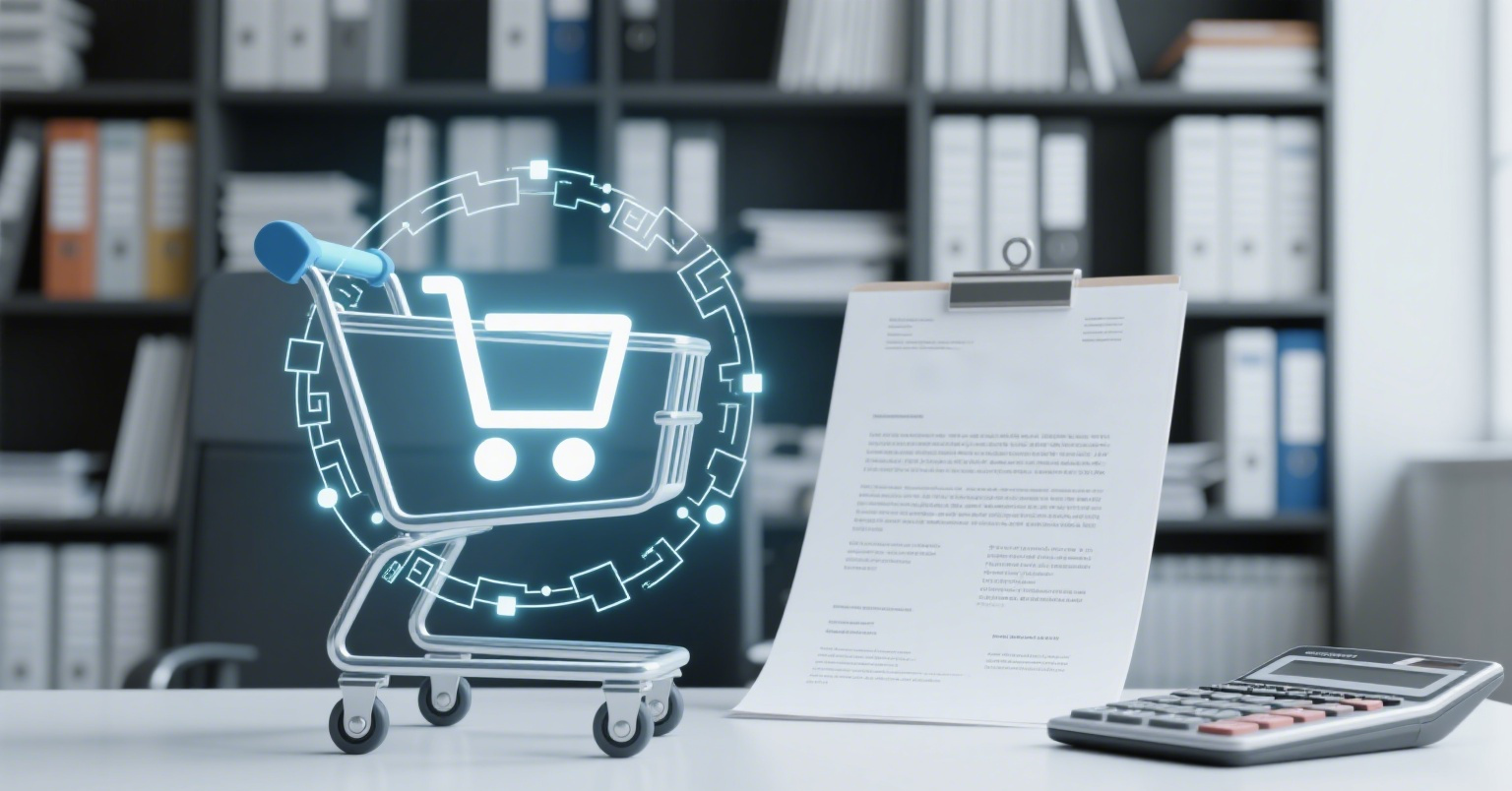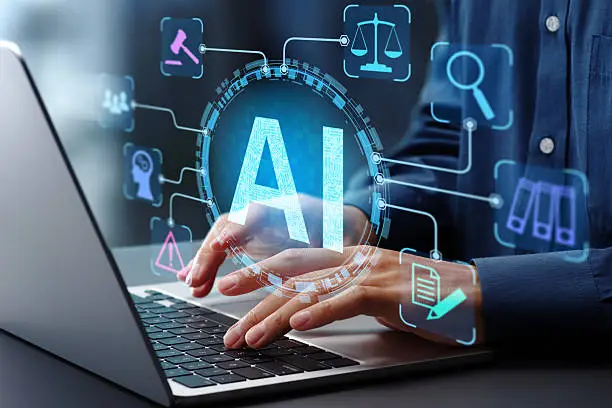Transforming Procurement with Generative AI: From Tactical to Strategic
03 Jul 2025
Table of Contents
Procurement is no longer just about placing orders and chasing approvals — it’s a strategic function that drives innovation, cost savings, and competitive advantage. As supply chains grow more complex and expectations rise, procurement teams are under pressure to do more with less. Enter generative AI — a game-changing technology that is reshaping how procurement operates.
By automating repetitive tasks, generating data-driven insights, and predicting future trends, generative AI is accelerating the digital transformation of procurement. It’s helping teams become faster, smarter, and more agile — with benefits that extend far beyond cost control.
In this article, we explore how generative AI in procurement is transforming the function from the ground up: from improving decision-making and forecasting, to optimizing supplier relationships and contract management.

What Is Generative AI — And Why It Matters in Procurement
Generative AI refers to advanced algorithms capable of creating content, insights, or recommendations based on massive datasets. Unlike traditional rule-based systems, generative AI learns from patterns and continuously improves its performance over time. In procurement, that means smarter, more responsive tools that help professionals stay ahead of change.
When applied to sourcing, contracting, or supplier analysis, generative AI can:
· Automate low-value, high-frequency tasks like data entry or invoice matching.
· Provide real-time insights into market trends, supplier risks, and pricing fluctuations.
· Generate predictive forecasts to support better planning and resource allocation.
· Support scenario-based decision-making to prepare for supply disruptions.
For procurement teams aiming to move from reactive to proactive, this technology offers a powerful foundation.
Key Benefits of Generative AI in Procurement
Let’s take a closer look at how AI-powered procurement tools are creating tangible value across the source-to-pay (S2P) cycle:
- 1.Automating the Mundane
Procurement professionals often spend hours on manual, repetitive work — creating purchase orders, reconciling invoices, or responding to routine supplier queries. Generative AI automates many of these workflows, reducing human error and freeing up time for higher-value tasks.
- 2.Improving Data Quality and Visibility
With AI, procurement teams can process large volumes of data in seconds — extracting clean, structured insights from messy datasets. This boosts accuracy in decision-making, improves spend visibility, and enhances reporting capabilities.
- 3.Forecasting Demand More Accurately
AI tools analyze historical data, seasonality, market signals, and external variables to forecast demand with greater precision. This helps procurement align purchasing with real needs — reducing stockouts, over-ordering, and waste.
- 4.Enhancing Supplier Risk Management
Procurement teams can use AI to evaluate supplier performance, financial health, compliance status, and geopolitical exposure. Real-time risk alerts and scoring models allow for more proactive supplier selection and risk mitigation strategies.
- 5.Optimizing Supplier Relationships
AI-powered systems can monitor communication history, contract terms, delivery performance, and more — giving procurement deeper insights into supplier behavior. This facilitates better collaboration, more effective negotiations, and long-term value creation.
- 6.Streamlining Contract Management
Generative AI tools can draft standard clauses, review large volumes of contracts, and flag inconsistencies or compliance issues. By simulating negotiation scenarios, they can even help define the most favorable terms before you step into a meeting.

Real-World Applications: How Procurement Teams Use Generative AI
As AI adoption accelerates, more procurement leaders are turning to specific applications that deliver measurable impact. Some of the most common use cases include:
· Demand Forecasting
AI analyzes past sales, external market conditions, and macroeconomic data to anticipate future procurement needs — ensuring just-in-time sourcing and reduced inventory costs.
· Spend Analysis
AI uncovers hidden trends in spending data, helping teams consolidate suppliers, renegotiate contracts, and improve budget accuracy.
· Supplier Risk Assessment
By pulling from multiple data sources, AI tools assess supplier risk in real-time — covering everything from ESG compliance to shipping delays or political instability.
· Contract Analytics
Generative AI tools review thousands of documents quickly, comparing terms, identifying deviations, and ensuring alignment with corporate policies.
· Negotiation Support
AI can simulate negotiation scenarios and offer data-backed strategies to improve pricing, terms, and delivery schedules.
These capabilities turn procurement into a smarter, more strategic business function.
Building a More Agile and Resilient Supply Chain
Generative AI isn’t just changing how procurement works — it’s transforming the broader supply chain. Here’s how:
· Resource Optimization
AI-driven tools ensure optimal inventory levels, reduce procurement cycle times, and help avoid emergency sourcing.
· Greater Resilience
Predictive models can detect potential disruptions — such as supplier bankruptcy or shipping delays — before they happen, giving teams more time to act.
· Improved Collaboration
Real-time analytics and dashboards help cross-functional teams (procurement, operations, finance) make aligned decisions, faster.
In uncertain environments, procurement teams that use AI have a distinct edge — they react faster, plan better, and build stronger supplier ecosystems.
Challenges to Watch For: Implementing AI in Procurement
While the potential of generative AI is massive, adoption isn’t without its challenges:
· Data Silos and Quality Issues
If your procurement data is scattered across platforms or lacks consistency, AI tools will struggle to produce reliable insights.
· Change Resistance
Teams may fear job displacement or struggle to trust AI-generated recommendations. Strong leadership and training are key.
· Upfront Investment
AI platforms often require financial and IT resources. However, many organizations see rapid ROI once efficiencies kick in.
Pro tip: Start small — pilot a use case like spend analysis or contract review, measure impact, then scale up.
Best Practices for Success with AI-Powered Procurement
To get the most out of generative AI in procurement, follow these proven steps:
· Assess your current processes
Identify pain points, bottlenecks, or areas where data is underutilized.
· Define clear goals
Whether it’s cutting sourcing time or improving supplier compliance, set measurable outcomes.
· Train and empower your team
Equip procurement professionals with AI literacy — not just how to use tools, but how to interpret results and act on them.
· Choose the right partners
Work with solution providers who understand procurement’s complexity and offer scalable, secure AI platforms.
Looking Ahead: What’s Next for AI in Procurement?
As generative AI matures, it will continue to drive procurement transformation. Here are a few emerging trends to keep an eye on:
· AI + ESG
New tools will help procurement teams assess sustainability metrics and prioritize responsible sourcing.
· AI + Blockchain
Integrated platforms will offer end-to-end traceability, improving compliance and trust across the supply chain.
· Conversational Procurement
AI-powered assistants may soon handle RFP creation, supplier queries, or contract approvals via natural language interfaces.
The future of procurement will be defined by intelligence, automation, and agility — and generative AI will be at the center of it all.
Final Takeaway
Generative AI is no longer a futuristic concept — it’s a practical tool that’s driving measurable results in procurement today. From demand forecasting and risk assessment to supplier collaboration and cost optimization, AI is transforming how procurement delivers value.
Yes, adoption comes with its challenges. But with the right strategy and mindset, procurement teams can move faster, think smarter, and lead their organizations into a more resilient, efficient, and innovative future.
Now is the time to embrace AI — and shape the future of procurement.
